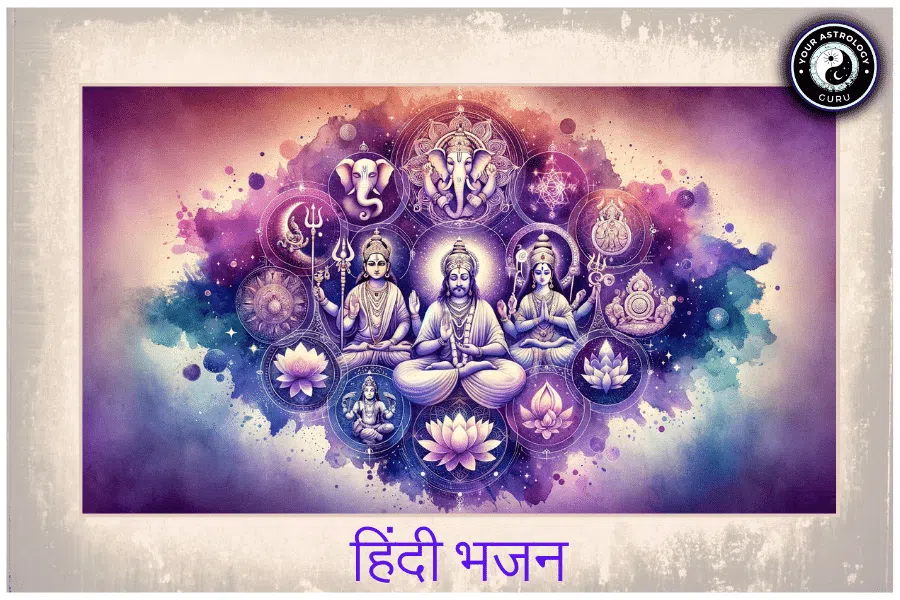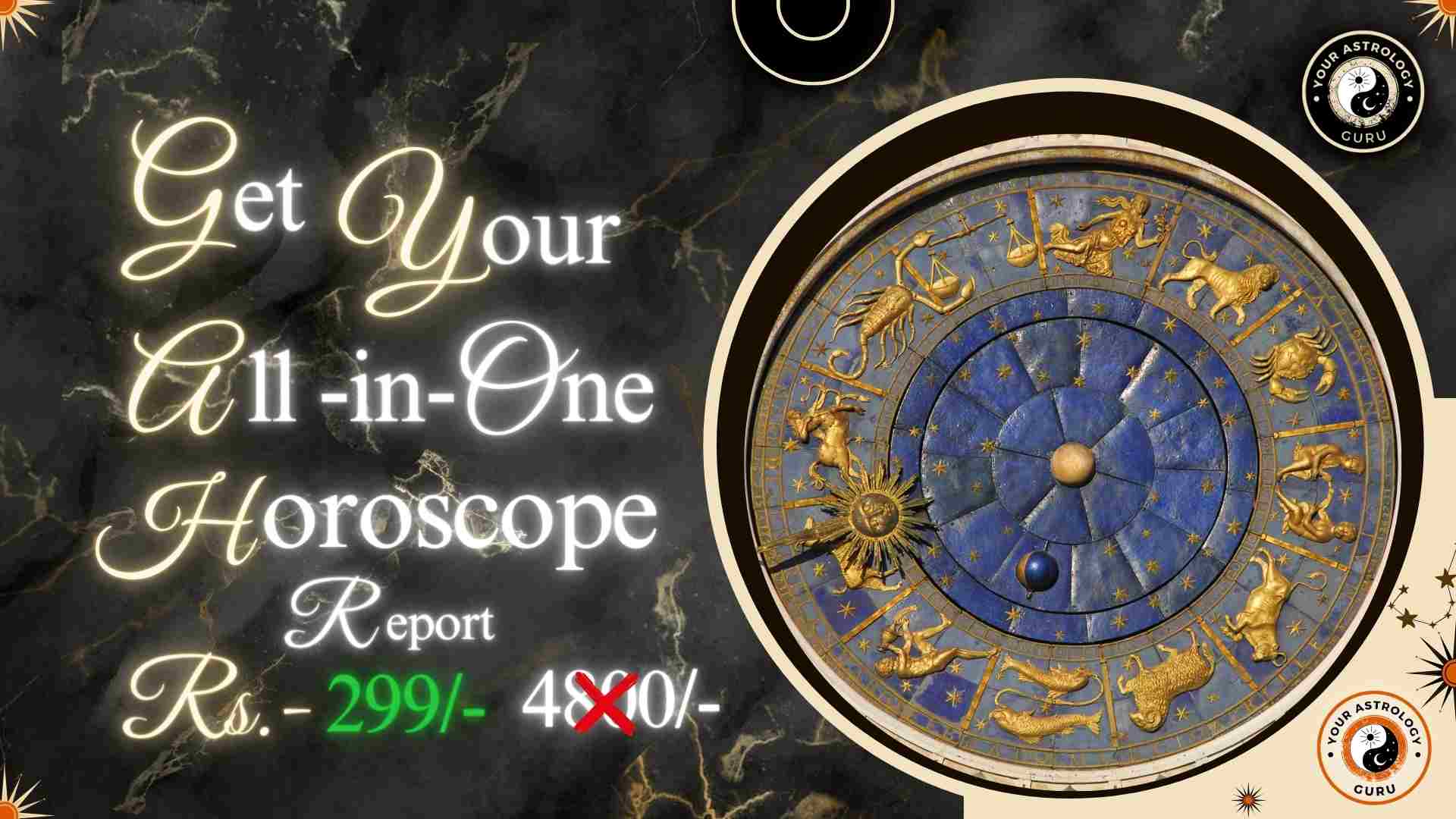KP Astrology, also known as Krishnamurti Paddhati Astrology, is a system of astrology developed by the late Indian astrologer, Prof. K.S. Krishnamurti. It is a unique and advanced form of astrology that focuses on accurate predictions and precise timing of events. Unlike traditional astrology, which relies heavily on the interpretation of planetary positions and aspects, KP Astrology uses a sub-divisional chart system called the Placidus House Division to determine the exact timing of events.
One of the key differences between KP Astrology and traditional astrology is the emphasis on accurate birth time. In traditional astrology, the birth time is rounded off to the nearest hour or minute, whereas in KP Astrology, even a difference of a few seconds can make a significant impact on the predictions. This is because KP Astrology uses a highly precise system of calculations that takes into account the exact position of the planets at the time of birth.
Table of Contents
The History of KP Astrology: Origins and Evolution
KP Astrology has its roots in ancient Indian astrology, which dates back thousands of years. However, it was Prof. K.S. Krishnamurti who developed and popularized this system in the 20th century. Born in 1908 in Tamil Nadu, India, Krishnamurti was a renowned astrologer who dedicated his life to the study and practice of astrology.
Krishnamurti’s interest in astrology began at a young age, and he spent many years researching and experimenting with different astrological techniques. He eventually developed his own system, which he called KP Astrology. This system gained popularity due to its accuracy and precision in predictions.
Over time, KP Astrology has evolved and been refined by various astrologers who have added their own insights and techniques to the system. Today, it is widely practiced and respected by astrologers around the world.
The Philosophy of KP Astrology: Understanding the Principles
The philosophy behind KP Astrology is based on the belief that our lives are influenced by a combination of karma and free will. According to this philosophy, our past actions (karma) determine the events and circumstances we experience in this life. However, we also have the power to make choices and decisions (free will) that can shape our destiny.
Astrology, in the context of KP Astrology, is seen as a tool that can help individuals understand their karmic patterns and make informed choices. By analyzing the planetary positions and their interactions in a birth chart, astrologers can provide insights into the potential challenges and opportunities that lie ahead. This information can empower individuals to make conscious decisions and take actions that align with their highest purpose.
KP Astrology does not claim to predict the future with 100% accuracy, but rather provides a roadmap that can guide individuals towards their destiny. It is believed that by understanding and working with the energies indicated in the birth chart, individuals can navigate through life’s challenges and make the most of their opportunities.
The Significance of Houses in KP Astrology: A Comprehensive Guide
In KP Astrology, the birth chart is divided into 12 houses, each representing different aspects of life. These houses are numbered from 1 to 12, starting from the Ascendant (the point on the eastern horizon at the time of birth). Each house has its own significance and is ruled by a specific planet.
The first house, also known as the Ascendant or Lagna, represents the individual’s physical appearance, personality traits, and overall well-being. It is considered one of the most important houses in the birth chart as it sets the tone for the rest of the chart.
The second house represents wealth, possessions, and family. It indicates the individual’s financial status, earning potential, and relationship with family members.
The third house represents communication, siblings, and short-distance travel. It indicates the individual’s communication skills, relationship with siblings, and propensity for travel.
The fourth house represents home, mother, and real estate. It indicates the individual’s relationship with their mother, their home environment, and their property holdings.
The fifth house represents creativity, children, and romance. It indicates the individual’s creative abilities, their relationship with children, and their romantic inclinations.
The sixth house represents health, enemies, and obstacles. It indicates the individual’s health status, their ability to overcome challenges, and their relationship with enemies.
The seventh house represents partnerships, marriage, and business. It indicates the individual’s ability to form and maintain relationships, their marital prospects, and their business partnerships.
The eighth house represents transformation, inheritance, and occult sciences. It indicates the individual’s ability to handle change and transformation, their potential for receiving inheritances or legacies, and their interest in occult sciences.
The ninth house represents higher education, spirituality, and long-distance travel. It indicates the individual’s interest in higher learning and spiritual pursuits, as well as their inclination towards long-distance travel.
The tenth house represents career, reputation, and public image. It indicates the individual’s professional aspirations, their reputation in society, and their public image.
The eleventh house represents gains, friendships, and social networks. It indicates the individual’s ability to attract wealth and abundance, their friendships and social connections, and their involvement in group activities.
The twelfth house represents spirituality, isolation, and hidden enemies. It indicates the individual’s inclination towards spiritual practices or retreats, their need for solitude or isolation at times, and any hidden enemies or obstacles they may face.
The Role of Planets in KP Astrology: Their Characteristics and Effects
In KP Astrology, there are nine planets that are considered significant in the birth chart. These planets are the Sun, Moon, Mars, Mercury, Jupiter, Venus, Saturn, Rahu (North Node of the Moon), and Ketu (South Node of the Moon). Each planet has its own characteristics and effects on the individual’s life.
The Sun represents the individual’s ego, vitality, and self-expression. It indicates their leadership qualities, creativity, and ability to shine in their chosen field.
The Moon represents emotions, intuition, and nurturing qualities. It indicates the individual’s emotional well-being, their ability to connect with others on an emotional level, and their nurturing instincts.
Mars represents energy, action, and aggression. It indicates the individual’s drive, ambition, and ability to take decisive action.
Mercury represents communication, intellect, and adaptability. It indicates the individual’s communication skills, intellectual abilities, and capacity to learn and adapt.
Jupiter represents expansion, wisdom, and abundance. It indicates the individual’s potential for growth and success, their philosophical outlook on life, and their ability to attract abundance.
Venus represents love, beauty, and harmony. It indicates the individual’s capacity for love and relationships, their appreciation for beauty and aesthetics, and their ability to create harmony in their surroundings.
Saturn represents discipline, responsibility, and hard work. It indicates the individual’s ability to handle responsibilities and challenges, their capacity for discipline and perseverance, and their potential for long-term success.
Rahu represents desires, ambitions, and materialism. It indicates the individual’s desires and ambitions in life, their capacity for material success, and any areas where they may be prone to obsession or addiction.
Ketu represents spirituality, detachment, and liberation. It indicates the individual’s inclination towards spiritual practices or pursuits, their capacity for detachment from worldly desires, and any areas where they may need to let go or release attachments.
The placement of these planets in the birth chart, as well as their aspects and conjunctions with other planets, can have a significant impact on the individual’s life and experiences.
The Importance of Nakshatras in KP Astrology: How they Influence Life Events
In addition to the planets, another important component of KP Astrology is the Nakshatras. Nakshatras are lunar mansions or star constellations that divide the zodiac into 27 equal parts. Each Nakshatra has its own ruling deity and unique qualities that influence the individual’s life events and personality traits.
In KP Astrology, the Nakshatra lord plays a crucial role in determining the overall theme and direction of the individual’s life. The placement of the Nakshatra lord in the birth chart, as well as its aspects and conjunctions with other planets, can provide insights into the individual’s strengths, weaknesses, and potential life events.
For example, if an individual has their Moon in the Nakshatra ruled by Mars, they may have a strong drive for success and achievement. On the other hand, if their Moon is in the Nakshatra ruled by Venus, they may have a deep appreciation for beauty and harmony in their surroundings.
The Nakshatras also play a role in determining compatibility between individuals. In KP Astrology, it is believed that individuals who share the same Nakshatra or have compatible Nakshatra lords are more likely to have a harmonious relationship.
The Concept of Sub-Lords in KP Astrology: How they Determine Results
One of the unique features of KP Astrology is the concept of sub-lords. In traditional astrology, each house is ruled by a single planet, but in KP Astrology, each house is further divided into nine sub-divisions or sub-lords.
The sub-lords are determined based on a specific system of calculations that takes into account the position of the Ascendant, the Nakshatra lord, and the ruling planet of the house. The sub-lords provide more detailed information about the results and timing of events related to that house.
For example, if an individual wants to know about their career prospects, the sub-lord of the tenth house will provide insights into the specific career opportunities and timing of events related to their professional life.
The placement of the sub-lords in the birth chart, as well as their aspects and conjunctions with other planets, can provide valuable information about the timing and nature of events in the individual’s life.
The Use of KP Astrology in Predictive Astrology: An Overview
Predictive astrology is a branch of astrology that focuses on making predictions and forecasting future events. In KP Astrology, predictive techniques are used to analyze the birth chart and provide insights into the potential challenges and opportunities that lie ahead.
One of the key tools used in predictive astrology is the dasha system. Dasha refers to a specific period of time in an individual’s life that is ruled by a particular planet. Each planet has its own dasha period, which can range from a few months to several years.
By analyzing the dasha periods in the birth chart, astrologers can determine the timing of significant events and transitions in the individual’s life. For example, if an individual is going through a Jupiter dasha, it may indicate a period of growth, expansion, and abundance.
Transits are another important tool used in predictive astrology. Transits refer to the movement of planets through different signs of the zodiac. By analyzing the transits of planets in relation to the birth chart, astrologers can determine the timing and nature of events that are likely to occur.
For example, if Saturn is transiting through an individual’s seventh house, it may indicate a period of challenges or delays in their relationships or partnerships.
The Techniques of KP Astrology: How to Interpret Charts and Predictions
Interpreting charts and predictions in KP Astrology requires a deep understanding of the techniques and principles of the system. Here are some key techniques used in KP Astrology:
– Ruling Planets: In KP Astrology, each house is ruled by a specific planet. The ruling planet of a house provides insights into the nature and results of that house.
– Stellar Effects: Stellar effects refer to the influence of the Nakshatra lord on the individual’s life events and personality traits. By analyzing the placement of the Nakshatra lord in the birth chart, astrologers can provide insights into the individual’s strengths, weaknesses, and potential life events.
– Sub-Lords: As mentioned earlier, sub-lords play a crucial role in determining the timing and nature of events in an individual’s life. By analyzing the placement of the sub-lords in the birth chart, astrologers can provide detailed predictions and insights.
– Aspects and Conjunctions: The aspects and conjunctions between planets in the birth chart can have a significant impact on the individual’s life. By analyzing these interactions, astrologers can provide insights into the potential challenges and opportunities that lie ahead.
It is important to note that interpreting charts and predictions in KP Astrology requires accuracy and attention to detail. Even a small difference in birth time or calculation can lead to significant variations in the predictions.
The Advantages of KP Astrology: Why it is Popular Among Astrologers
KP Astrology has gained popularity among astrologers for several reasons. Here are some advantages of KP Astrology:
1. Accuracy and Precision: One of the key advantages of KP Astrology is its accuracy and precision in predictions. By using a highly precise system of calculations, KP Astrology can provide specific and detailed insights into an individual’s life events and timing.
2. Focus on Timing: KP Astrology places a strong emphasis on timing. By using the Placidus House Division system and the concept of sub-lords, KP Astrology can determine the exact timing of events with a high degree of accuracy.
3. Practical Approach: KP Astrology is known for its practical approach to astrology. It focuses on providing actionable insights and guidance that individuals can use to make informed decisions and navigate through life’s challenges.
4. Compatibility Analysis: KP Astrology provides a detailed analysis of compatibility between individuals. By analyzing the Nakshatra lords and their placement in the birth chart, astrologers can determine the compatibility and potential challenges in relationships.
The Limitations of KP Astrology: Understanding its Scope and Accuracy
While KP Astrology has many advantages, it also has its limitations. Here are some important points to consider:
1. Birth Time Accuracy: As mentioned earlier, accurate birth time is crucial in KP Astrology. Even a small difference in birth time can lead to significant variations in the predictions. Therefore, it is important to ensure that the birth time is as accurate as possible.
2. Limited Scope: KP Astrology focuses primarily on timing and specific events in an individual’s life. It may not provide detailed insights into broader aspects of life such as personality traits, psychological patterns, or spiritual growth.
3. Interpretation Challenges: Interpreting charts and predictions in KP Astrology requires a deep understanding of the system and its techniques. It can be challenging for beginners or those who are not familiar with the intricacies of KP Astrology. The charts and predictions in KP Astrology are based on specific rules and principles, which may differ from other astrological systems. Therefore, it is important to have a thorough knowledge of these rules and techniques in order to accurately interpret the charts and predictions. Additionally, the use of sub-lords in KP Astrology adds another layer of complexity to the interpretation process. Beginners or those who are not well-versed in KP Astrology may find it difficult to grasp these concepts and apply them effectively. However, with dedication and practice, one can overcome these challenges and develop a strong understanding of KP Astrology.















